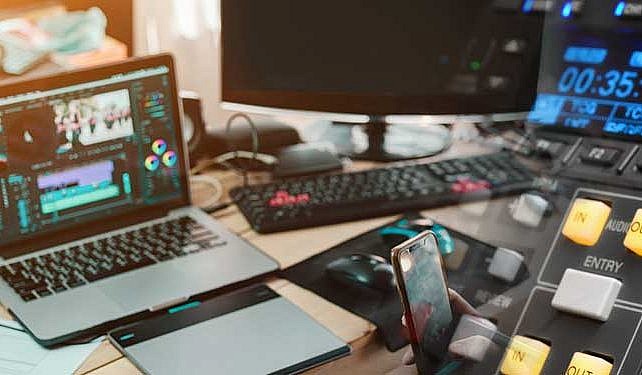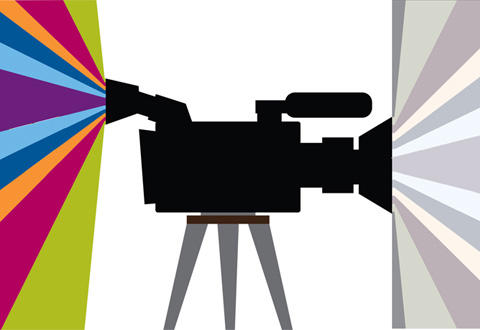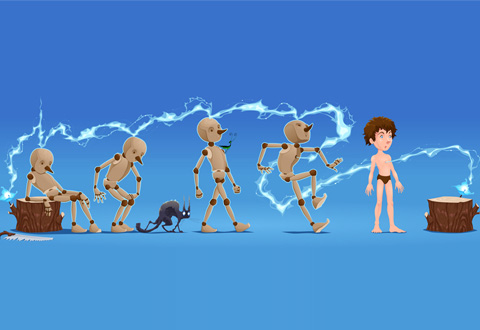So you can shoot a 360° video, now what? In the past few years, 360-Degree camera systems have hit the market unleashing a flurry around Virtual Reality filmmaking that has spread across the world from YouTubers like Casey Neistat all the way to Le Croisette NEXT Pavilion at the Cannes International Film Festival. 360° storytelling is in its infancy right now, and it is an exciting time to be experimenting with virtual reality filmmaking because filmmakers are literally ‘writing the grammar’ of this new type of storytelling. But what does this mean for narrative filmmaking? And as filmmakers how do we begin to parse this new form of storytelling? Here are some thoughts:
Perspective
One of the big differences between traditional films and 360-degree VR films are that with VR, the spectator is ‘within’ the narrative and has an agency to direct their experience within the story. As filmmakers we must work the experience into the story, to create a presence or state of ‘being there’ that will allow the audience to suspend their disbelief long enough to feel present within the virtual world of the story we have created. The moment this feeling of presence fails is the moment the entire story world falls apart.
The Importance of Sound
Any sound engineer will tell you that emotion is at least 70% sound and 30% visuals and its importance in conveying emotions can be easily felt when you switch off the sound during a horror movie. But in a 360-degree virtual environment how should we be to think about the importance of sound and its effect on telling the story?
For starters, recording sound for 360° films is different, and the sound must be registered using spatial audio which is a process of reproducing the spaciousness of sound within either a venue setting or a virtual reality experience such as a VR film. Recording and stitching together audio for a spatial audio experience is much more complicated than recording audio for traditional stereo listening experiences because the sound must be ‘placed’ accurately within the 360° visual space using various software. For more information on this process, check out the articles in medium.com and nofilmschool.com on recording spatial audio.
With that in mind, the importance of sound as a narrative device becomes much more significant, because music can be used to trigger the spectator’s attention. If you have a scene where the action is taking place in one direction, and suddenly you hear a sound in another direction, the spectator’s attention will shift, and they will look at where the sound originated. With 360-degree filmmaking, sound takes on a whole new dimension as it becomes a way for filmmakers to advance the narrative in ways that wouldn’t work in traditional filmmaking.
Set Design as Narrative Device
In traditional narrative filmmaking, the director can use shot selection as a narrative device to advance the film and control what the audience sees or to place importance on a particular object or action. With 360 degrees filming, this is not an option. The spectator sees everything, from every point of view. This feature creates a challenge for directors because they need to re-think how to draw importance to objects or actions within the scene.
One way to do this is through set design. By precisely placing objects in certain locations in each scene, the audience makes a note of them and can start to think about the role of the subject matter within the film. However, the placement of objects done with care as overloading the scene with the too much visual material will distract the spectator and will take away from their ability to follow and understand the narrative.
Movement of Narrative Device
Movement of characters within a scene is equally as an important consideration. Because a 360-degree Film the spectator is positioned in a fixed position within the scene as if they are standing there, space through which characters move and interact becomes necessary because it is through their movement that they can engage and create interest for the spectator. If you have a scene where all of the action takes place at a distance from the audience, the spectator may not be able to feel engaged in the same way that they would in a traditional film. By placing the audience in a scene where the characters have the dynamic movement that causes the viewer to need to look around the scene to follow the story, you will create a much more exciting and engaging experience for the spectator.
Equally camera movement within 360° filmmaking is another aspect to be considered and thought. Most 360° films rely on a static camera placed in a scene. However, it is possible to move the camera within the scene. Within a 360° film, the spectator has the expectations of the agency, in that they are free to let their eyes wonder and look at anything.
Final Thoughts
In virtual reality filmmaking, reality constructed, but once the audience discovers a hole in that reality they have already fallen into it, and its construct no longer exists. As filmmakers, you need to take special care when designing the layout of the narrative and the film to construct this reality in a way that will hold up to an audience looking for a hole in the world we’ve created. Building a successful virtual world that does not fall apart when the audience begins to poke holes is a complicated process that VR filmmakers are learning how to achieve. As the language of this new medium is still in the creative process, when it is virtual reality, it is only through trial and error that we can discover what works and what doesn’t work.
– Video Caddy








